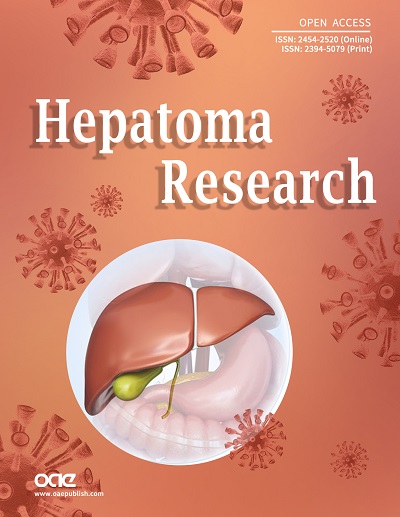fig1

Figure 1. Heterogeneity of CAFs in HCC. CAFs dwelling in the TME of HCC can originate from different cell sources, including HSCs, PFs, and bone marrow-derived cells (both fibrocytes and MSCs) or from epithelial structures undergoing EMT. These cell types, upon inflammatory mediators, can activate or transdifferentiate into CAFs. Recent scRNA-seq experiments have demonstrated that the TME of HCC contains different CAF subpopulations with different genetic signatures and biological properties that can help predict the patient outcome. Using different scRNA-seq approaches, two different groups have been identified: (A) 4 (CAF_0, _1, _2, _3)[17] and (B) 3 (CAF_Ports, _VSMC, _HSC)[18], respectively, in two different cohorts of HCC. CAF: cancer-associated fibroblast; HCC: hepatocellular carcinoma; TME: tumor microenvironment; HSC: hepatic stellate cell; PF: portal fibroblast; MSC: mesenchymal stem cells; EMT: epithelial-mesenchymal transition; Ports: portal; VSMC: vascular smooth muscle cells; scRNA-seq: single-cell RNA sequencing; α-SMA: alpha-smooth muscle actin; FAP-α: fibroblast activation protein-alpha; NTPD2: nucleoside triphosphate diphosphohydrolase-2; IL: interleukin; CD: cluster of differentiation; MHC II: major histocompatibility complex; c-Myc: cellular Myelocytomatosis; FGFR1: fibroblast growth factor receptor 1; MMP2: metalloproteinase 2; CXCL12: C-X-C motif chemokine 12; VEGF: vascular endothelial growth factor; TnC: Tenascin C. Figure partially made using biorender.com.







